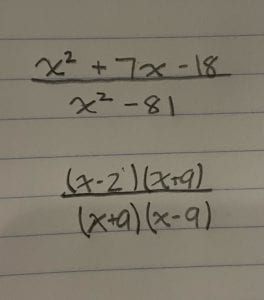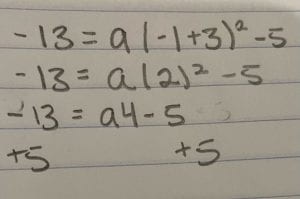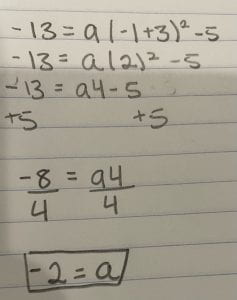In this blog post I am going to focus on word problems- specifically a dilution question. Dilution meaning ” how many mL/L of water should be added to ___”. For these types of questions all you have to do is set the equation up properly and then solve. So the most important thing is to make sure you’re very careful when you’re reading the question.
Word problem: “How much bleach should be added to 50L of water to make the solution 8% bleach?”.
Step 1: The first thing we need to do is a let statement… this is so whoever is correcting your work will know what x is representing, because without a let statement you would more just have to guess. In this equation x is going to equal the amount of bleach added because everything else we already have numbers to insert into our equation but x is missing, it is what we are looking for.

Step 2: Now you need to set up your equation. So we know that 8/100 is what we are starting with. So that goes first. And that is equal to x/x+50 because x is our new amount of bleach, and our new amount of bleach+50 is our new concentration.
8/100=x/x+50
Step 3: Now we just cross multiply and solve for X.
8x+400 = 100x
400 = 92x
400/92 = 92x/92
x=4.3 L of bleach
Step 4: Always finish off with a sentence answer. ” 4.3L of bleach needs to be added to 50L of water to make 8% bleach solution. ”
And that is all. Make sure you always take your time and understand what the question is asking you.







 Example question
Example question




































